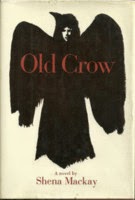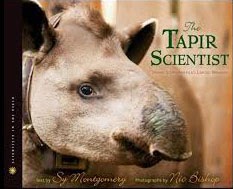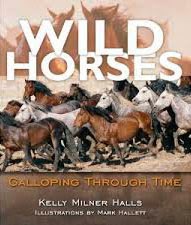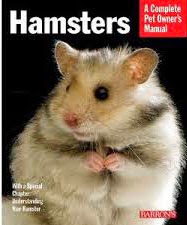Life Lessons from the Herd
by Joe Camp
A book I picked up browsing at the library, because it looked interesting. And was. The author is the man who created the Benji films. I didn\’t know this at first so it confused me when he kept interjecting things about training Benji, without much explanation. Actually, the narrative in general tended to jump around a lot. I did not get a real clear picture of who this guy\’s horses were, or how he acquired them all. It is not a story in that sense. It is a book about how horses ought to live. Or at least that is what I gathered. And the facts in here pretty much amazed me, because it was contrary to how most people seem to keep their horses. I don\’t have horses, nor expect that I ever will, but I\’ve read a lot about them.
And Joe Camp says we do it all wrong. He wrote this book after keeping horses for only two years, and tells of his efforts to make the best life for his horses, what he learned and discovered about that. In particular things that people have been doing for ages, without questioning why or neccessarily applying logic to it. The main thing how to create an emotional bond of trust with the horse using Monty Roberts\’ methods. That horses should not wear shoes- it affects the health of their feet in a tremendous way. That they ought to live outside 24/7, eat off the ground, wander over distance to acquire their food, live in a group of other horses, etc. In short, they are healthier and happier (not displaying any \”vices\”) when living out in the open among their own kind, not shut in a stall most of the day. That we should not attribute what we would find comfortable or even important, to horses. They think and feel differently. He says that horses in the wild are by far healthier and have much longer lifespans than horses kept by people. I was surprised. I had no idea. I found the writing a bit simplistic, and the alternating chapters containing a storyline about a wild horse living through some american history distracting at best, but I could not put the book down because its implications about how we have been treating horses for centuries just astounded me.
There\’s a lot more in here about horses: behavior, how they live in the wild, daily interactions, learning to work with them and so on, but I\’ve just noted the things that really stood out to me.
I just discovered that he wrote a sequel called Born Wild, and I want to read that now too. Bummer my library doesn\’t have a copy yet.
Rating: 3/5 238 pages, 2008
more opinions:
Scratching and Sniffings
Coffee Clutch with Dutch Henry
Curled Up











